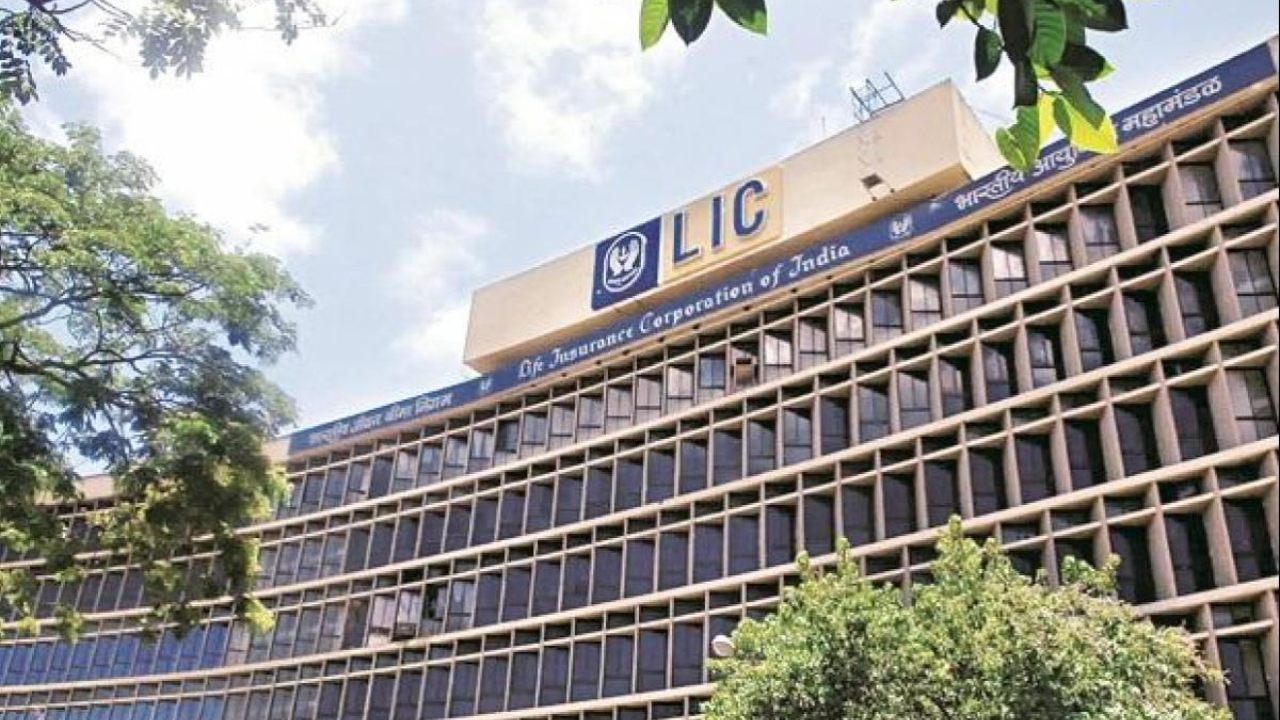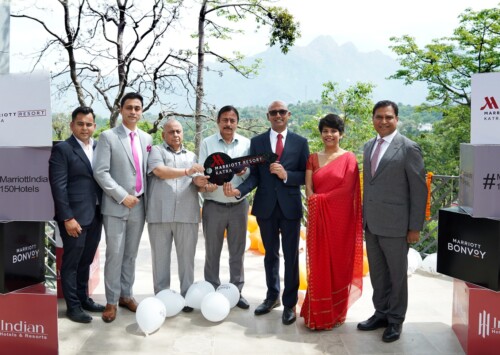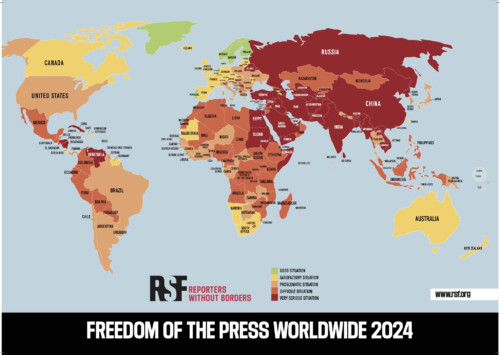LIC IPO: Modi on mindless selling spree

Life Insurance Corporation of India's Initial Public Offering (IPO) soon to hit the market surrounded with controversy (Photo: PTI)
On Sunday, the government confirmed that the Life Insurance Corporation, the largest financial institution in the country, had submitted its draft red herring prospectus, a comprehensive document that is submitted to the stock market regulator by any company before its Initial Public Offering.
The announcement marks a definitive step in sale of 5 pc shares in the country’s biggest insurer, whose business is more than the entire mutual fund industry in the country and 17 times larger than the second largest insurer in the country – SBI Life. The importance of LIC for Indian economy and the government can be gauged from the fact that with over USD 465 billion of assets under management, LIC alone represents about 18 pc of the national GDP.
LIC’s dominance is complete in all the segments of insurance businesses where it is present. It accounts for 64 pc of Gross Written Premium, 66 pc of New Business Premium and 75 pc of all individual life insurance policies issued in India as well as 81 pc of group policies issued in fiscal 2021. Over the past six decades, over 280 million Indians have turned to LIC for their life insurance, propelling its assets 620,000 times from the seed capital of INR 50 million provided by the Indian government when LIC was created.
Over the years, LIC has handed back the initial investment thousands of times over to its sole shareholder – the government – with its annual dividend itself amounting to well over INR 30 billion. The company also paid out INR 5 trillion as bonus to its policyholders. The company has invested INR 36 trillion in various securities and bonds & provided another INR 55 trillion to the government for investment in various five-year plans.
Not only is the company thriving financially, despite the economic downturn in the country, it has a huge brand value as well. According to Insurance 100 2021 Report by Brand Finance, LIC was third strongest and 10th most valuable insurance brand in the world last year. It put the value of LIC brand alone at USD 8.7 billion.
LIC is also the most potent tool that the government has for its social actions. Over the decades, despite its total dominance of the market, LIC’s focus has been the common Indian and it has continued even today as the average size of LIC’s policies is INR 16156, while the same for the private insurance firms is INR 89,004, reflecting that while the public sector caters to the large base of poor and middle-class families, the private companies have been busy chasing only the high-net worth individuals. LIC’s penetration of the rural market is also extremely high as the number of branches of LIC in rural areas is about 20 times more than the reach of all private insurance firms combined.
In view of this outstanding and consistent performance, it is surprising that not only has the government decided to reduce its own stake, instead of offering additional shares, but also the intended pricing does not seem to reflect the assets and valuation of the firm.
Though the final price band has not yet been made public, various estimates put that to be around INR 16 trillion or USD 213 bn, a gross under valuation of the behemoth, which is less than half the assets managed by the firm. The government’s logic of pricing what is by far its best investment and the best asset at such ridiculously low level is beyond comprehension, especially when some start-ups and also up-starts that have managed successful IPOs at eye-gouging premiums.
Buy High, Sell Low: New Gujarat Model?
The poor handling of LIC IPO by the government is just another controversial handling of many other PSUs and actions before and during privatisation. One of the most recent examples is the sale, in November 2021, of Central Electronics Limited (CEL), a profit-making PSU that earned a gross profit of INR 1.36 billion last year. Yet, its reserve price was put at INR 1.94 billion, even though the market capitalisation of CEL was almost five times more, at INR 9.57 bn and a forecast profit of INR 7.3 billion, based on orders in hand.
The worst part of the story is that CEL was handed over at INR 2.1 bn to a company with less than 10 employees and which has nothing to do electronics or even high technology. Worse, the buyer, Nandal Finance and Leasing Pvt Ltd (NFLPL) is facing bankruptcy proceedings at NCLAT. Moreover, the two final bidders for CEL—NFLPL and JPM Industries—are interrelated through parent companies and both bid marginally over the reserve price of INR 1.94 billion.
Even as it is busy selling off, cheaply, its best performing units, paradoxically, the government has also spent hefty sums in trying to bail out private firms that have been on the verge of bankruptcy, mainly again due to government’s own lopsided policies that allowed newcomers to break all rules and gobble up large chunks of market share. A case in point is the telecom sector where Mukesh Ambani-owned Reliance Jio was allowed to break all rules, undercut the existing players by offering free numbers and free data to attract subscribers.
Ambani splurged INR 5.4 trillion into Jio for a period of five years, enabling it to ‘buy’ 340 million subscribers and emerging as the largest telecom player in the country and driving all other telecom players, with the sole exception of Airtel, to bankruptcy. So, ironically, now the Indian government has picked up 36 pc stake in Vodafone Idea, the enfeebled merged entity that combined the previously strong players – Vodafone and idea – the company is not able to pay the government taxes due.
In short, Modi government is picking up the tab for the destabilisation of the market by Jio. And now it is left holding shares in a near-bankrupt company that perhaps no one else wants to touch and definitely not acquired cheap. At the same time, without any apparent reason except for its mindless privatisation, the government is selling its best assets at throwaway prices.









